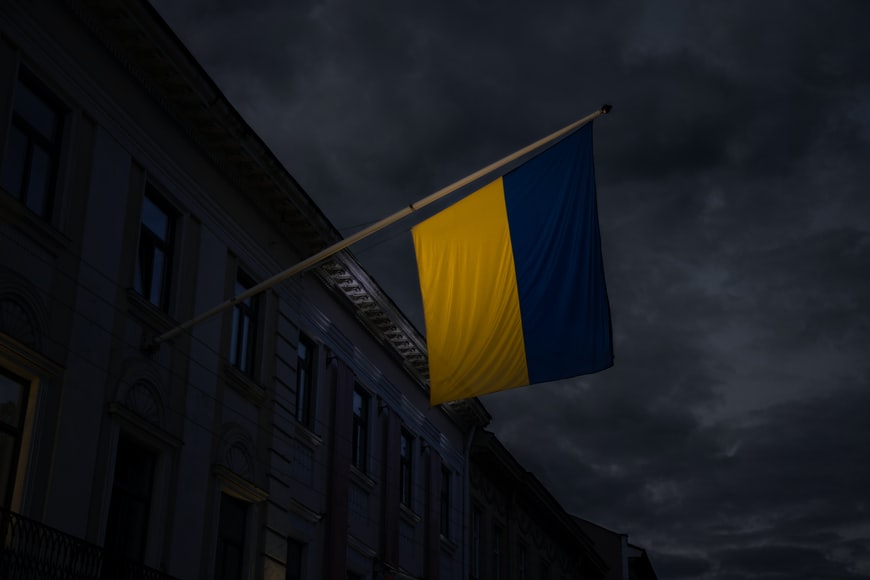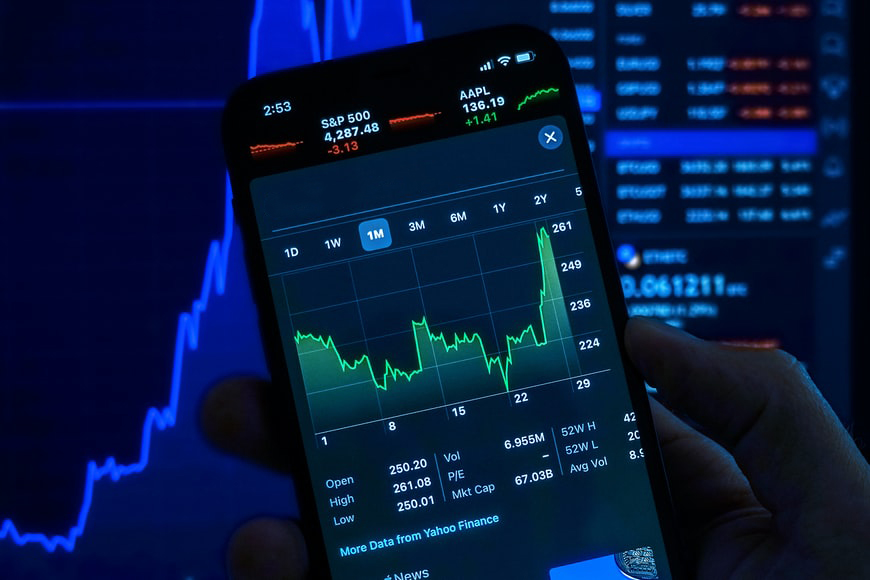Russian and Western nations’ geopolitical dispute over Ukraine has resulted in huge shocks across numerous asset classes, including currencies in the foreign exchange market. Affect Forex Market-
Investors are scrambling to anticipate the impact of the crisis Affect Forex Market as the price of energy commodities rises and economic penalties are announced.
We examine the impact of the Russia–Ukraine disagreement on the Russian ruble (RUB), the euro (EUR), the US dollar (USD), and other currencies influenced by geopolitical events by analyzing trade links, macroeconomic fundamentals, and historical precedents.
Table of Contents
Energy Prices And RUB- Affect Forex Market
The present state of the energy market and its implications for the currency market must be understood before examining how various currencies may respond to the geopolitical crisis between Russia and Ukraine.
In terms of oil and natural gas production and export, Russia is one of the world’s biggest producers and exporters. By 2020, it generated an expected 10.5 million barrels of liquid fuel per day (BPD) and 22.5 trillion cubic feet of natural gas, the second-largest natural gas producer worldwide after the United States, according to the EIA.
As a major natural gas supplier to the European Union (EU), Russia has a significant impact on energy usage in neighboring areas such as Europe.
Russian restrictions on gas transit via Ukraine and Germany’s rejection of Nord Stream 2 have triggered an unprecedented energy crisis in Europe, driving the European natural gas benchmark to an all-time high of €180 per megawatt-hour in mid-December 2021.
While geopolitical conflicts between Russia and Ukraine have had little impact on the increase in global crude oil prices, the inability of supply after the epidemic to react to a robust rebound in demand was a major spark for the 2021 oil boom.
Commodities And Currencies- Affect Forex Market
The Russian ruble (RUB) and other commodity-related currencies performed well in 2021 because of the huge price rises in oil (60 percent), natural gas (50 percent), and other energy commodities. These include, as it’s written on this website, the Canadian dollar (CAD) and the Norwegian krone (NOK), especially when contrasted to the currencies of commodity-importing nations such as Japan. It is estimated that by the year 2021 the euro would have lost 7.5% against the Russian ruble (EUR/RUB), 8.5% against the Canadian dollar (EUR/CAD), and 4.4 percent against the Norwegian krone (EUR/NOK).
Even the Russian ruble, the Canadian dollar, and the Norwegian krone all fell in value by more than 10 percent against the Japanese yen, which was down by 7.5 percent.
As a result of Russia’s Parliament’s recognition of two Ukrainian regions (Donetsk and Luhansk) as independent republics, the US and its allies imposed the first wave of sanctions on Russia on February 22.
Prosvyazbank and Vnesheconombank, two state-owned Russian banks, have been targeted by the United States for sanctions, along with five Russian persons. The United States has also prohibited US investors and corporations from trading Russian government debt in secondary markets.
The EU intends to sanction 351 Russian parliamentary members and 27 individuals and businesses for their recognition of the self-proclaimed People’s Republics of Donetsk and Luhansk.
Both the EU and Germany have put a hold on the Nord Stream 2 pipeline’s certification procedure, which means that the Russian government will be unable to access EU financial markets.
British authorities have frozen the assets of five Russian banks involved in the Ukraine conflict or assisted Russia’s defense sector (Bank Rossiya; the Black Sea Bank for Development and Reconstruction; IS Bank; Genbank; and Promsvyazbank).
Boris and Igor Rotenberg, and Russia’s sixth-richest oligarch, Gennady Timchenko, have also been subject to travel restrictions. Due to escalating geopolitical tensions and the imposition of economic sanctions, the Russian ruble has significantly depreciated, which has significantly decoupled from other commodity-linked currencies.
Exposure to the Russian market- Affect Forex Market

Which nations now do the most business with Russia, in light of the current crisis? And which countries would bear the brunt of any economic disputes with Russia?
According to trademap.org and imf.org statistics, Slovakia has the biggest trade exposure to Russia (6 percent) (defined as the sum of the country’s import and export flows with Russia as a proportion of GDP), followed by the Netherlands (5.4 percent) and Finland (5 percent ).
As a whole, the eurozone’s trade with Russia accounts for more than 20 percent of GDP. Hungarian (4 percent), Turkish (3.5 percent), Czech Republic (3.4 percent), and Poland (3.4 percent) are all non-euro member nations with less trade exposure to Russia (3 percent ). Russia, on the other hand, has no commercial ties with the United Kingdom or the United States.
The conflict between Russia and Ukraine now brings to mind Russia’s annexation of Crimea and Sevastopol in 2014 that sparked economic sanctions from the West.
Russian currency and other currencies with trade connections to Russia plummeted in the months that followed the US announcement of the third round of sanctions against Russian financial sectors and oligarchs in July 2014.
Following the imposition of international sanctions on Russia in July 2014, the USD/RUB exchange rate soared by 97% during the course of the semester.
Is Russia better prepared to sustain economic sanctions or perhaps prevent a ruble currency crisis due to its macroeconomic fundamentals, as compared to the present situation?
If the divergent underlying reasons and macroeconomic realities from 2014 have an impact on the FX market this year, investors are eager to know.
In the present global crisis, Russia seems to be in a much better financial and macroeconomic condition than it was in 2014. There is just 17% of the country’s GDP owed to debt, and its current-account surplus reached a record high of $120.3 billion in 2021 (approximately 8% of GDP), up almost threefold from 2020 as a consequence of considerable increases in critical products exports due to higher global energy prices for oil and gas.
After dipping from $115 per barrel in the second half of 2014 to $50 at year’s end in December, oil is currently hanging at $95 per barrel, up 50% from a year earlier, and facing higher chances of topping $100 per barrel.
Aside from China ($3.36 trillion), Japan ($1.4 trillion), and Switzerland ($1.08 trillion), Russia holds the world’s fourth-largest foreign currency reserves.
After falling to $355 billion in 2014, the Central Bank of Russia’s foreign currency reserves has climbed to an all-time high of $630 billion, or 45 percent of Russia’s GDP. These assets might act as a bulwark in the event of further financial volatility.
The Inflation Rate In Russia Increases
Russia’s currency, the rouble, rebounded from all-time lows on Thursday as the central bank announced FX interventions and stock markets dropped in anticipation of punitive penalties on Moscow after Vladimir Putin’s command to attack Ukraine.
After Vladimir Putin authorized a “special military operation” in the east, Russian forces launched missiles at numerous Ukrainian cities and deployed soldiers on the country’s southern shore.
The Russian ruble has lost 7.9% of its value versus the dollar, falling to 87.52 rubles from an earlier record low of 89.60 rubles.
In comparison to the euro, the rouble dropped 6.5 percent and was trading at 97.60 on the interbank market, an all-time low.
Rupee stability will be supported by foreign currency interventions, which is the first time since Russia took Crimea from Ukraine in 2014.
Analysts predict that the Russian central bank’s gold and foreign exchange holdings, which are approaching record highs of over $640 billion, would help to reduce the pressure on the rouble.
Russia’s currency will continue to be under pressure even if there is no conflict, according to Stephanie Kennedy from Economic Research at Julius Baer.
Although Russia’s economic recovery was supposed to provide the rouble with some support, sanctions and risk aversion have left it with little opportunity for recovery, which means lower living standards and rising inflation.
Following Russia’s invasion of Ukraine, Russian markets were bracing for punitive penalties. After reaching its lowest level since January 2016, the dollar-denominated RTS stock index (.IRTS) fell 39% to 742.33. It closed the day 33 percent down at 2,058.1 points after touching 1,681.55 on the rouble-based MOEX Russian index (.IMOEX).
Russian state-owned bank VTB (VTBR.MM) fell 42 percent the day after the UK announced sanctions on it.
Aeroflot’s (AFLT.MM) shares dropped by more than 30% the day after the United Kingdom announced that its planes would be barred from landing in the United Kingdom.
Sberbank (SBER.MM), Russia’s biggest lender, said it was ready for any event and had worked through scenarios to ensure that its clients’ monies, assets, and interests were secured after its shares dropped over 46% in one day on Thursday.
Several nations in the West and Japan have already slapped sanctions on Russian institutions and people in reaction to Moscow’s recognition of two separatist territories in eastern Ukraine, but they have warned of harder penalties should Russia invade.






Comments are closed for this post.